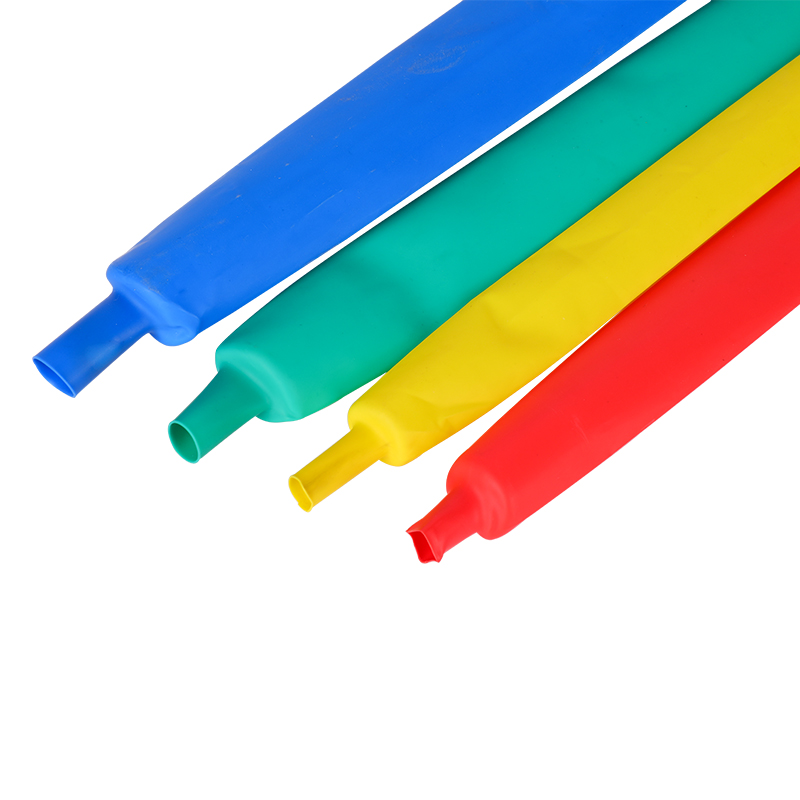Flame retardant heat shrinkable tubing is specifically designed to possess excellent flame retardant and heat-resistant properties. Here's a more in-depth look at these two critical aspects:
Flame Retardancy:
Flame retardancy refers to the ability of a material to resist ignition, slow down the spread of flames, and limit the release of smoke and toxic gases when exposed to fire. Flame retardant heat shrinkable tubing achieves this by incorporating additives or materials that inhibit the combustion process. These additives can include halogenated compounds, intumescent materials, or other chemical agents that create a protective barrier between the tubing's surface and the heat source.
Key aspects of flame retardancy in flame retardant heat shrinkable tubing include:
Self-Extinguishing: The tubing should not sustain combustion when the ignition source is removed.
Low Smoke Emission: Minimal smoke is produced during combustion, reducing visibility impairment and toxic inhalation risks.
Low Toxic Gas Emission: The tubing should minimize the release of harmful gases that can be hazardous to humans or damage equipment.

Heat Resistance:
Heat resistance refers to the tubing's ability to maintain its physical integrity and functionality when exposed to high temperatures. Flame retardant heat shrinkable tubing is engineered to withstand elevated temperatures without melting, dripping, or deforming. This heat resistance is especially crucial in environments where components may experience thermal stress due to surrounding heat sources.
Key aspects of heat resistance in flame retardant heat shrinkable tubing include:
Temperature Rating: The tubing is assigned a maximum continuous operating temperature that it can withstand without degradation or loss of performance.
No Dripping: The tubing should not produce molten droplets when exposed to high temperatures, as dripping can spread flames or cause damage to surrounding components.
 中文简体
中文简体
 English
English




















